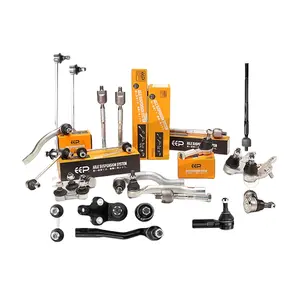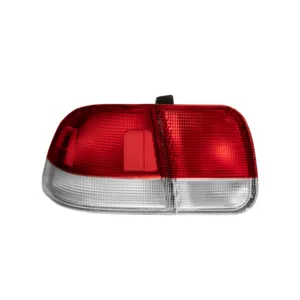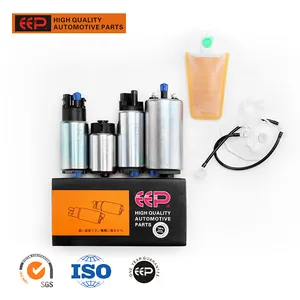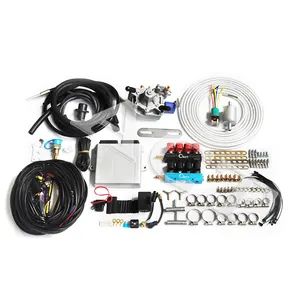Popular in your industry























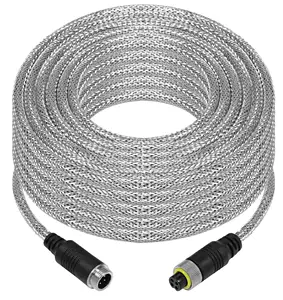











































Related Searches:


























































































































Top categories
About carburetor cable
Understanding Carburetor Cables
Carburetor cables are essential components in the realm of motorcycle maintenance and performance. These cables serve as the connection between the throttle and the carburetor, playing a pivotal role in controlling engine speed. The proper selection and maintenance of a carburetor cable can significantly impact the responsiveness and reliability of a motorcycle's fuel system.
Types and Applications
There are various types of carburetor cables tailored to different models and performance needs. For instance, a multi-cylinder motorcycle may require a more complex cable setup than a single-cylinder engine. The application of these cables extends beyond motorcycles, being integral to many small engines in power equipment where precise fuel control is necessary.
Features and Materials
The construction of a carburetor cable often involves a durable outer sheath, a flexible inner core, and robust connectors. Materials commonly used include stainless steel for the inner wire and rubber or high-grade polymers for the outer casing to ensure longevity and resistance to environmental factors.
Advantages of Proper Maintenance
Regular maintenance of the carburetor throttle cable can lead to smoother acceleration and more efficient fuel consumption. A well-maintained cable ensures that the carburetor receives accurate inputs, which is crucial for the optimal air-fuel mixture and engine performance.
Selection Considerations
When selecting a motorcycle throttle cable, it is important to consider the compatibility with the specific carburetor and engine setup. Factors such as length, cable travel, and connector types must be matched precisely to the motorcycle's specifications.
Installation and Safety
While the installation of a carburetor choke cable may seem straightforward, it requires careful attention to detail to ensure proper function and rider safety. Incorrect installation can lead to poor performance or even hazardous situations. Therefore, it is recommended that professionals or knowledgeable enthusiasts undertake this task.

